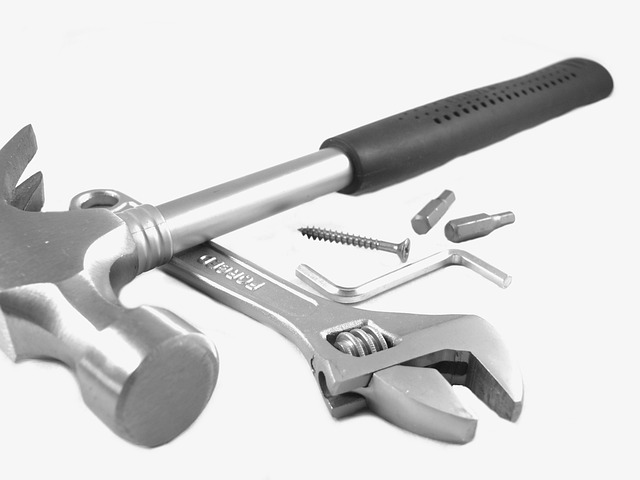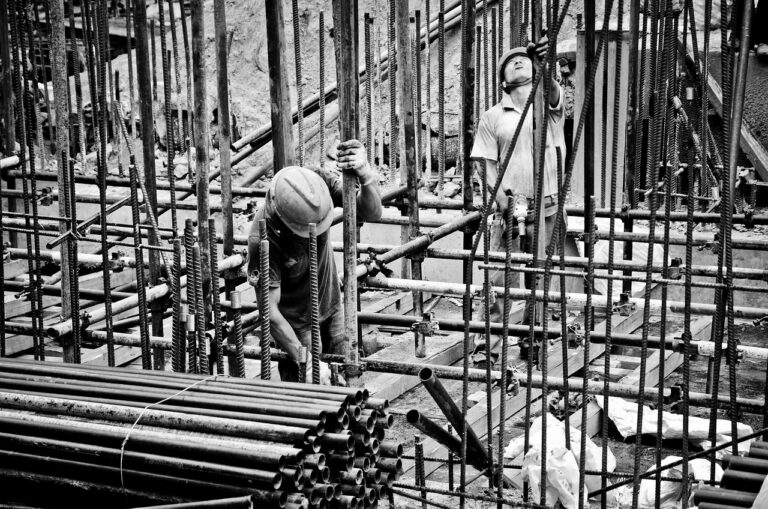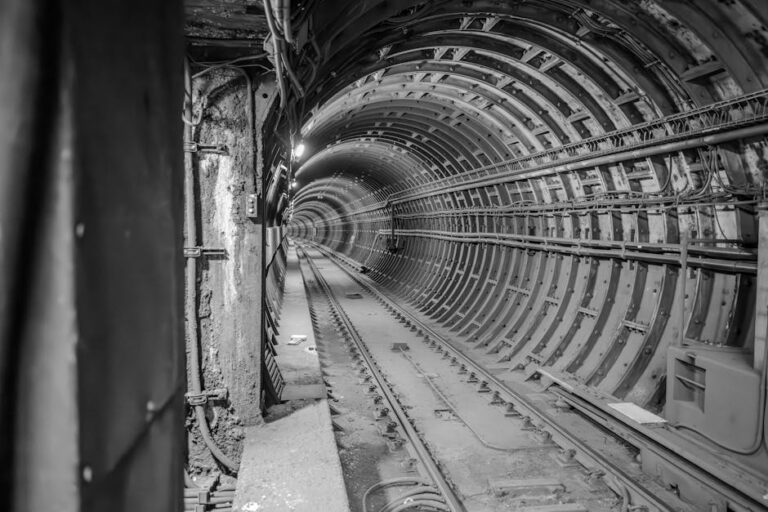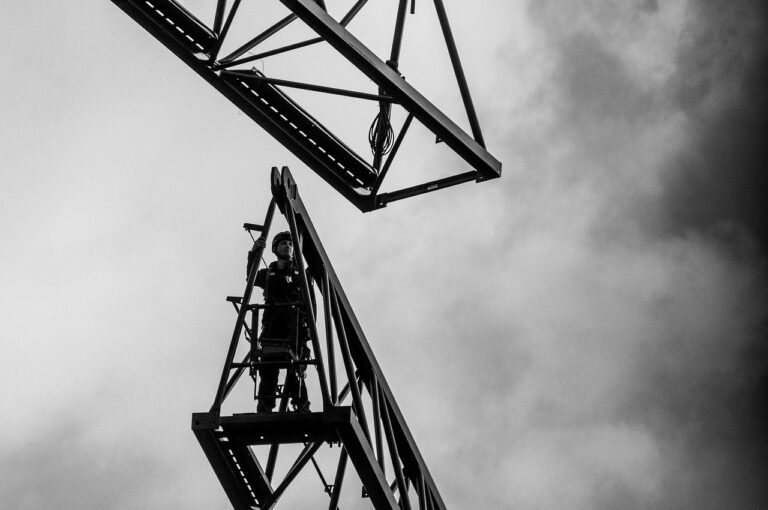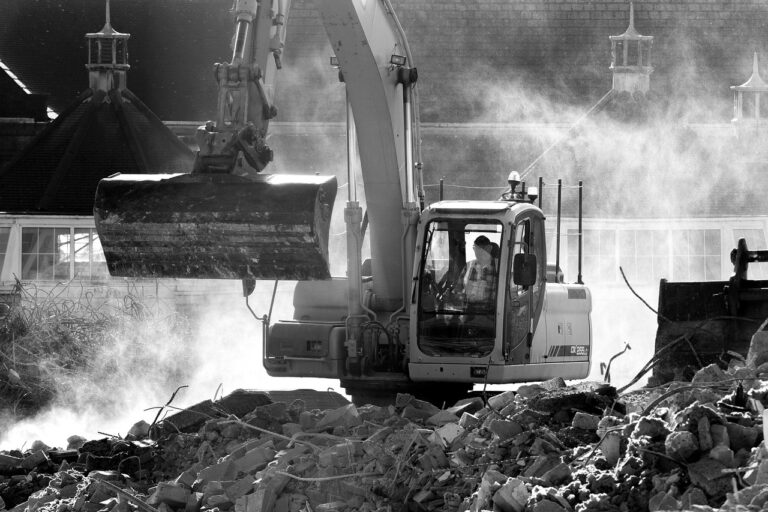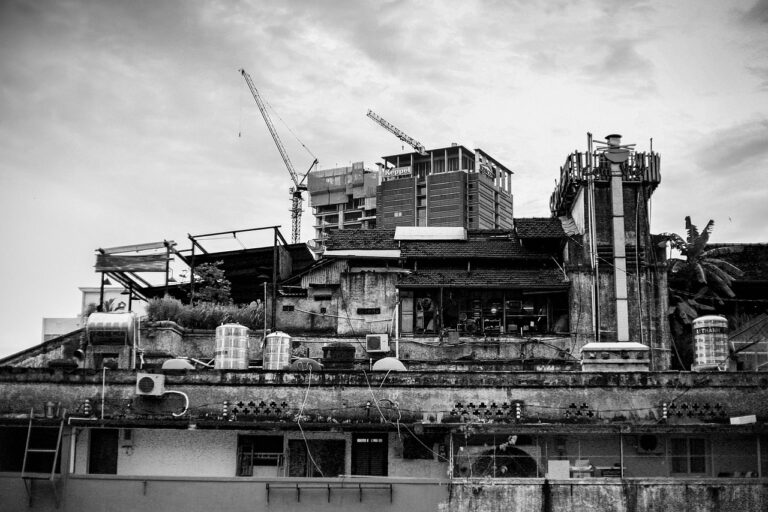CPM Schedules are not just for GCs and CMs
CPM Subcontractor Schedules Gaining Popularity
Sub-Contractors who aren’t CPM savvy are understandably squeamish of CMP subcontractor schedules. They may think of them as superfluous, or only a means to an end: to fulfill contract requirements, as opposed to a useful projection and accountability tool that they can use to their benefit. Their inattention and going through the motions attitude often lands them in trouble. However; just because a GC doesn’t maintain a schedule doesn’t mean that smaller operators and trades shouldn’t maintain subcontractor schedules.
There is a large gap between projects that forgo CPM schedules altogether – such as private sector work, and those that have stringent scheduling requirements – as Federal and Government agencies do. Contractors perform erratically to meet these criteria. Sometimes this is because they skimp on a schedule by not taking it seriously enough to give it due diligence, or because they simply can’t produce a bona fide scheduler from their resources.
Projects will not wait for the schedule to catch up with a contractor’s disruption claims. If a contractor has not been tracking the baseline then forensic work will have to be undertaken in order to quantify any disruption claim. Forensic work always carries less weight than accurate updates made during the course of a build-out, which is one argument for a contractor to track the baseline. Unfortunately for contractors who don’t track against a baseline, courts will not favor hypothetical forensic work over actual subcontractor schedules and updates.
In part, it is such poor update habits that are to blame for the difficulty GCs have establishing disruption claims. If a general contractor is not going to make a disruption claim, there is even less of a chance that a subcontractor will make a claim, which is rather unfair. Savvy subcontractors maintain their own schedules and sometimes even track them against a baseline, but I haven’t met many. I am sure they exist for larger projects.
If you are tracking the schedule against a baseline from the start, then you know what supporting documentation to set aside for the claim, as well as when to send the notice of delay letters. You have better accountability because you aren’t dependent on a general contractors schedule to track your work – you track your own.
There are certain best practices subcontractors can observe to achieve a satisfactory level of comfort, such as keeping current with progress updates and NOD letters. In this way, notices are made in real time, as opposed to retroactively – when they have become a moot point. It’s much easier to track and document disruption as it happens, rather than retroactively, and as I have said – real-time documents are generally considered to be more accurate than forensics.
General contractors and their subs lose buckets of money in overhead and general conditions – money they know from experience they have little chance of reclaiming. That’s mostly because of poor record-keeping – including CPM subcontractor schedules. Tracking a CPM schedule doesn’t guarantee your claim will be honored, but it will have to be taken very seriously. You’ll never be made whole with a disruption claim, but you’ll do a damn sight better than not having even given yourself a chance.
The decision to retain a scheduler happens when the contract is awarded. If a subcontractor hasn’t drafted a baseline, or begun tracking a general contractor’s, it’s very unlikely he will consider hiring a scheduler until he is way behind the eight-ball (too late). There aren’t a lot of projects I work on where I can’t see the benefit for subs to maintain a schedule, if for nothing else than to prepare for the eventuation of a claim. The benefit of the tracked schedule is accountability and positive return on investment.
For example, a project may be disrupted as a result of open design issues. Let’s say the disruption is 90 days. Subs are losing $2,000 per day in general conditions and overhead, for a total of $180,000 each. Consider how much they may expect to be awarded per construction dollar:
The plumber kept no daily reports, and maintained no schedule.
He might expect $ 0.00/$1
The electrician kept daily reports, and some records, but no tracked schedule.
He might expect between $ 0.00/$1 and $ 0.20/$1
The HVAC contractor maintained a tracked schedule, kept good records, and was diligent with NODs.
He might expect between $ 0.20/$1 and $ 0.50/$1
The most you might expect to net without mediation or arbitration is about 50 cents on the dollar. I believe it would be higher, if courts were used to seeing more compelling disruption claims. It’s pretty clear from above how each sub might fare in a negotiation or settlement.
If the claim is for $180,000, the scheduler’s fee to prepare the claim will likely be a tiny fraction of that sum. At the end of the day, it must seem that some may be penny-wise pound-foolish, only because they haven’t educate themselves in CPM method, or because they have given up on disruption claims. That’s a pity, considering that one party clearly is getting something for nothing at the other’s expense. It doesn’t have to be that way.

